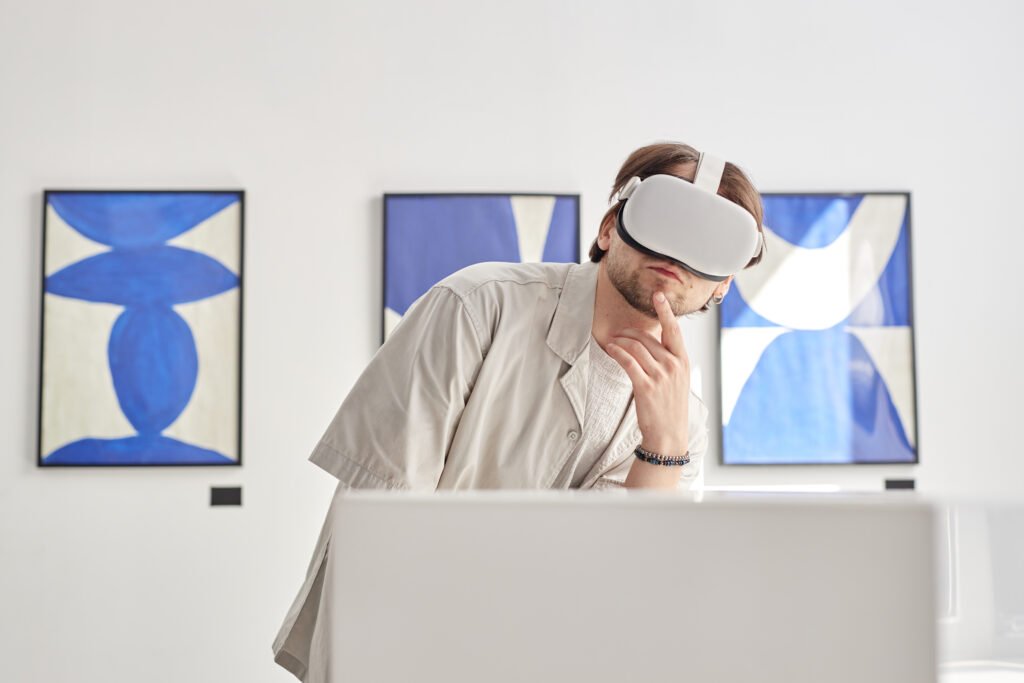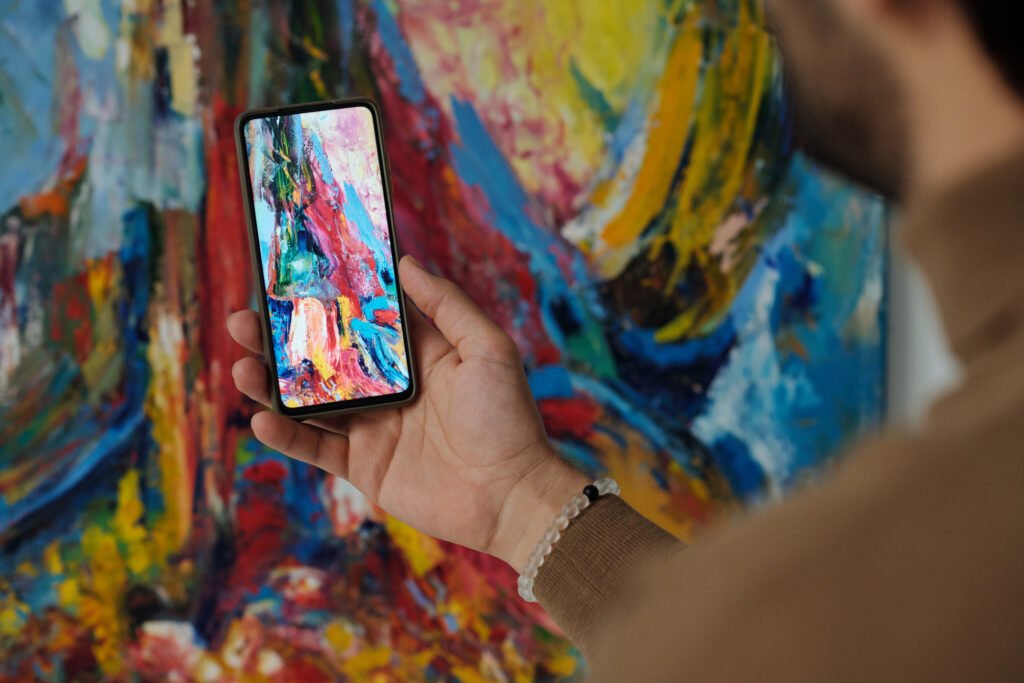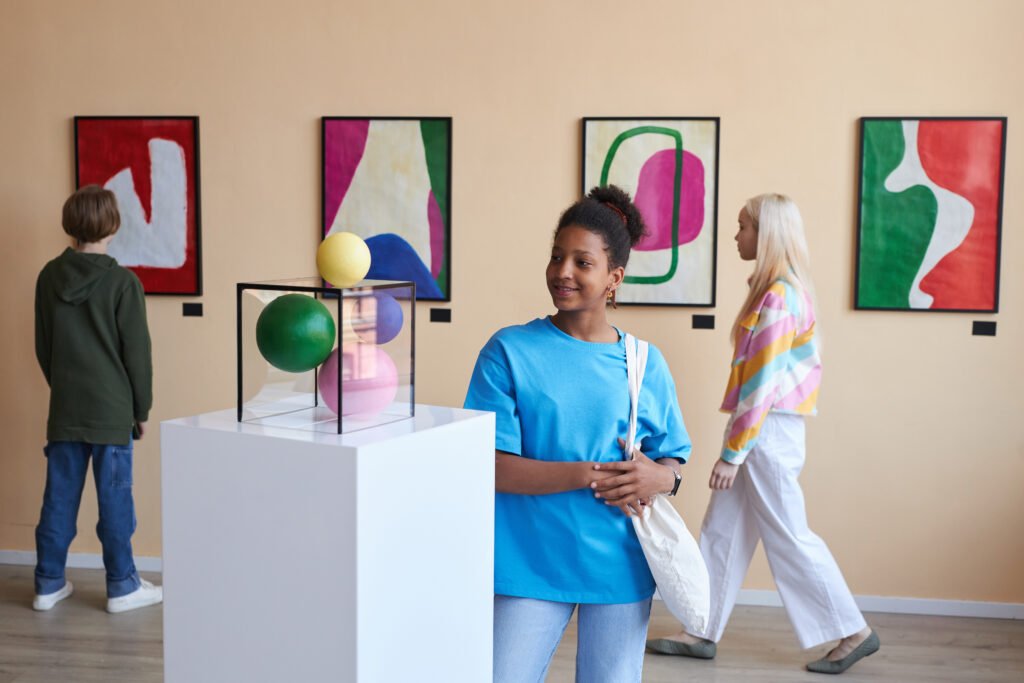The art market has undergone radical changes over the last decade, driven by advances in digital technologies. Tools such as augmented reality, artificial intelligence, blockchain, and e-commerce platforms have transformed how artists, gallerists, and collectors engage with artworks.
This transformation has not only increased access to art but also democratized the buying and selling process, welcoming new audiences and expanding the reach of styles like abstract art. Today, buying art online is a consolidated practice and represents a growing share of the global market.
The Rise of Digital Platforms in Art Sales
According to the Art Market 2024 report by Art Basel and UBS, online art sales accounted for 18% of the global total in 2023, generating around $12.5 billion. While the pandemic accelerated this trend, it was the professionalization of digital platforms that truly solidified it, offering curated selections, digital certificates, and personalized service.

Platforms such as Artsy, Saatchi Art, and Artnet not only serve as global showcases for artists but also provide secure tools for purchasing, including encrypted payment, expert appraisals, and international shipping. These features have reshaped the art-buying experience, making the best places to buy art accessible virtually.
Abstract art, in particular, benefits from this digital environment. With its strong visual impact and aesthetic versatility, it is frequently sought after by buyers looking to decorate with originality and personality. The Digital Art Trade Evolution study, conducted by New York University, revealed that 44% of online art sales in 2023 involved abstract works — a figure that has been steadily increasing since 2018.
Artificial Intelligence, NFTs, and Blockchain in the Art Market
Another ongoing revolution is the use of blockchain and non-fungible tokens (NFTs) to register artwork authenticity and track provenance. Blockchain technology provides an immutable ledger that protects artists and collectors from fraud, enhancing transparency in the art market. Leading auction houses such as Sotheby’s and Christie’s are already incorporating these technologies into their operations.
Artificial intelligence is also being used to analyze market trends, recommend artworks based on user preferences, and even generate original pieces. Although the role of AI in artistic creation is still debated, especially in terms of authorship and artistic value, it is clear that it is reshaping the boundaries between human and algorithmic creativity.
In The Future of Art in a Postdigital Age (2006), author Mel Alexenberg predicted that new media would redefine not only the aesthetic experience but also the circulation and evaluation mechanisms of art. That prediction is now a reality, as we witness immersive exhibitions, metaverse art shows, and fully digital galleries gaining prominence.
Virtual Exhibitions and Global Access to Art
Virtual exhibitions became a primary way to show art. This was especially true during the pandemic. They remain relevant even after venues reopened. Museums like the Louvre, Prado, and MoMA offer tours. These are high-resolution, interactive digital tours. They allow global audiences to explore collections. People can see entire collections from home.
This expanded accessibility impacts the art market. Interest in artworks is no longer limited. It is not limited by physical presence. Abstract art has emotional resonance. It also has great visual strength. It remains one of the most appreciated genres. This is especially true in virtual exhibitions.
A 2022 study by the London School of Economics is key. It is called The Global Art Viewing Habits. It found 71% of visitors to digital shows were affected. They were more inclined to purchase art. This was after the online experience. This statistic reinforces technology’s role. Technology is not only a showcase. It also serves as a catalyst for sales. And it helps in the growth of new collectors.



